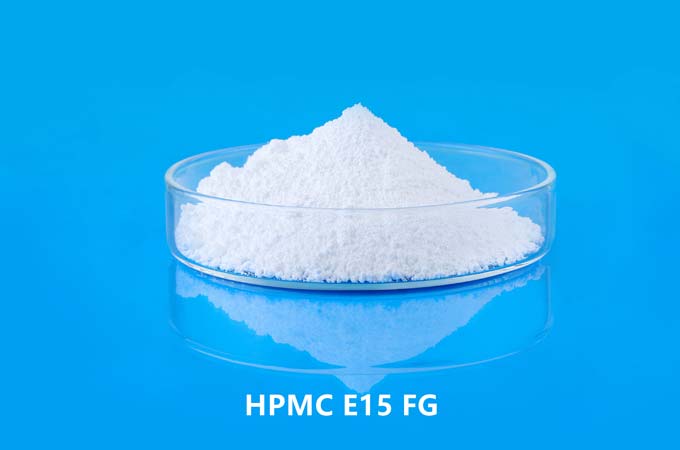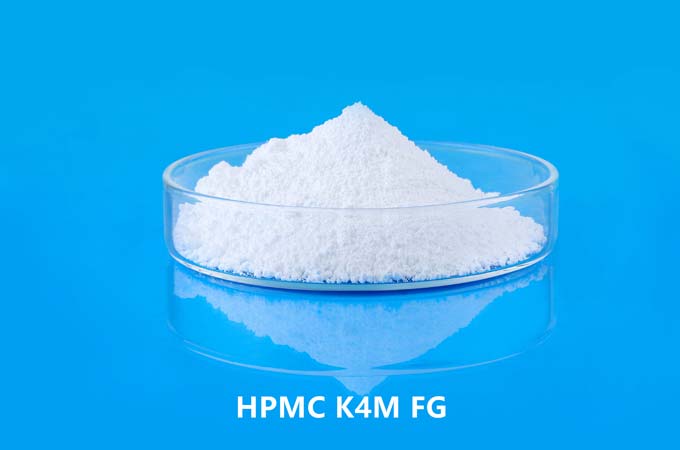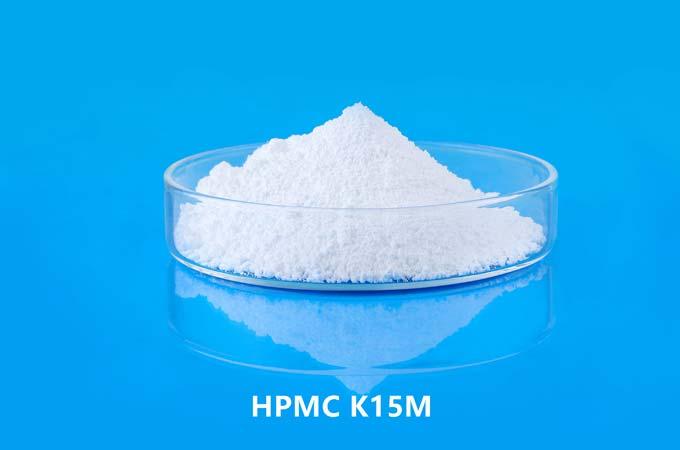CMC (carboxymethyl cellulose) is a water-soluble polymer material commonly used in the ceramic industry, especially in the preparation process of glaze and glaze base, it has significant effects and many advantages.
1. Basic properties and functions of CMC
CMC is an anionic polymer made from natural cellulose by chemical modification, with good thickening, water retention, film-forming, suspension and bonding functions. These characteristics make CMC widely used in the ceramic industry.
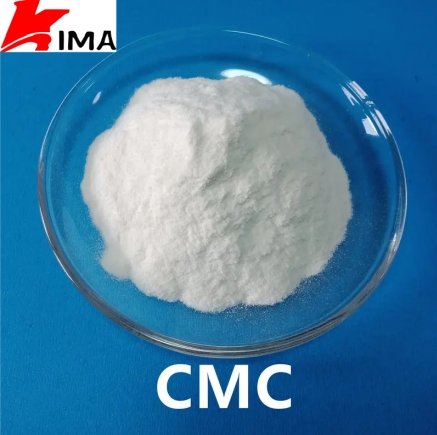
2. Advantages of CMC in glaze
2.1. Improve suspension and prevent precipitation
After grinding, the glaze needs to be stored or used for a long time. In this process, the particles in the raw materials are prone to precipitation, resulting in glaze slurry stratification, affecting the uniformity of subsequent glazing. After adding CMC, due to its excellent thickening and suspension ability, it can effectively slow down the sedimentation of glaze slurry particles, maintain the stability of glaze slurry, and thus improve product quality and production efficiency.
2.2. Enhance the adhesion of glaze slurry
CMC has strong adhesion, which can improve the adhesion between glaze slurry and embryo, making the glaze layer not easy to fall off, crack or produce pinholes during drying and firing, ensuring smooth and uniform glaze surface, and improving the surface beauty of ceramic products.
2.3. Optimize fluidity and improve glazing effect
CMC can adjust the rheological properties of glaze slurry, so that the glaze slurry has more suitable fluidity during glazing, which is conducive to controlling the thickness of the glaze layer and preventing defects such as glaze flow and glaze hanging. Especially in glazing processes such as spraying glaze and dipping glaze, the addition of CMC can greatly improve the controllability and consistency of the glazing process.
2.4. Reduce pinhole and bubble defects
The film-forming property of CMC can make the glaze slurry form a uniform and continuous film during the drying process, reduce drying cracking and local concentration, and effectively reduce defects such as pinholes and bubbles caused by uneven water evaporation or impurities.
2.5. Save raw materials and improve economy
The dosage of CMC is low, and the general addition ratio of 0.1%~0.5% can achieve significant results. Compared with other organic additives, CMC has high cost performance, good stability, reduces glaze waste, and helps to reduce production costs.
3. Advantages of CMC in glaze base (bottom glaze, bottom glaze slurry)
3.1. Improve the construction performance of glaze bottom slurry
The bottom glaze glazing process has high requirements for construction performance. The addition of CMC can significantly improve the thixotropy and leveling of the bottom glaze slurry, making it easier to apply evenly during the glazing process, especially suitable for mechanized large-scale glazing process.
3.2. Improve the bonding strength between the glaze layer and the body
As a transition layer between the top glaze and the body, the adhesion performance of the bottom glaze has a huge impact on the quality of the overall glaze layer. The bonding ability of CMC can enhance the bonding between the bottom glaze and the body, reduce the problems of glaze peeling and cracking after firing, and ensure the overall adhesion and stability of the glaze layer.
3.3. Enhanced anti-cracking
CMC has a strong water retention capacity. During the drying process of the base glaze slurry, it can slow down the rate of water loss and reduce the risk of cracking. This is crucial to prevent surface defects in ceramic products after firing, especially for large-sized tiles and ceramic products with complex shapes.
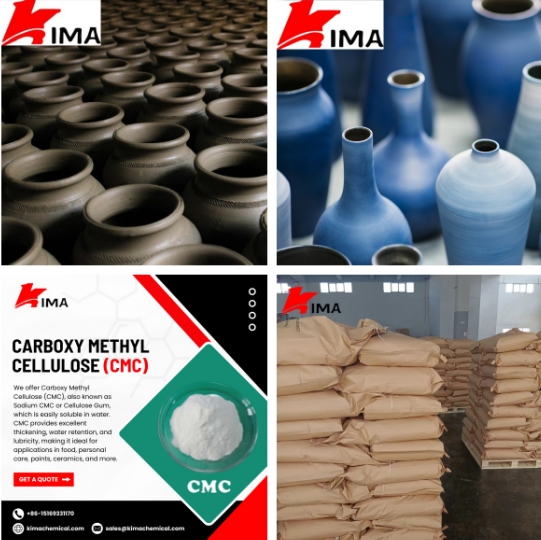
4. Process compatibility and environmental advantages
4.1. Good process compatibility
CMC has good dispersibility and stability in both glaze and base glaze systems, does not react adversely with other commonly used ceramic raw materials, is suitable for various raw material systems (such as frit glaze, feldspar glaze, low-temperature glaze, etc.), and is compatible with a variety of inorganic and organic additives.
4.2. Green and environmentally friendly, in line with sustainable development
CMC is derived from natural plant cellulose, has strong biodegradability, is non-toxic and harmless, and does not have a negative impact on the health of operators and the environment. It is in line with the current development trend of green manufacturing in the ceramic industry.
5. Precautions
Although CMC has many advantages, the following points should also be noted in the actual application process:
Control the amount of addition: Excessive addition of CMC will cause the glaze slurry to have too high viscosity and reduced fluidity, affecting the glazing effect.
Sufficient dispersion: CMC needs to be dissolved and stirred before adding to the glaze slurry to prevent the formation of flocculation clumps and affect performance.
Storage stability: Attention should be paid to the storage environment of the glaze slurry to prevent odor or viscosity loss caused by bacterial decomposition of CMC. Preservatives can be added in appropriate amounts.
CMC has multiple advantages in suspension, bonding, water retention, film formation, and fluidity regulation in the application of ceramic glazes and glaze bases. It not only optimizes the glazing process and glaze layer quality, but also provides a stable and reliable addition solution for ceramic production. Its low cost, environmental protection, and strong adaptability make it an indispensable and important additive in the ceramic industry. With the continuous development of ceramic technology, there is still room for further improvement in the application and research of CMC.
 English
English 日本語
日本語 français
français Deutsch
Deutsch Español
Español italiano
italiano русский
русский português
português العربية
العربية Türkçe
Türkçe Nederland
Nederland


